Video showing vintage tea sets and memorabilia from the suffrage movement from the author’s collection. A special feature during national Hot Tea Month!
by Kenneth Florey
English suffrage activist Sylvia Pankhurst was responsible for the design of several tea sets. One, commissioned by the WSPU from the Diamond China Company for their refreshment stall at the Scottish WSPU Exhibition in Glasgow in 1910, was also available for sale after the event. Here Pankhurst’s angel with clarion was now facing right. A thistle, the national flower, was included in the image. A third set, probably also attributable to her and certainly the rarest of all English suffrage tea china, pictured the image taken from the Holloway Prison Badge that was given to all WSPU martyrs for the cause.
The prison gate was drawn in green, and the prison arrow, which all suffrage prisoners were forced to wear on their dresses, was in dark purple. The Women’s Freedom League, the militant but non-violent organization that broke away from the WSPU over policy differences, also produced china that probably consisted in part of teacups and saucers, but no independently produced full tea services are known.
One of the first suffrage “collectibles,” a piece that was made for display only and had no utilitarian value at all, was a silver commemorative spoon that was designed by Millie Burns Logan of Rochester, New York in 1891. It featured a bust of Susan B. Anthony at the tip of the handle, her name, and the words “Political Equality.” While there are about five different types of spoons known in this design, including a walnut spoon,” at least two are associated only with tea, including a small demitasse variety as well as a full teaspoon. Logan’s mother was Anthony’s cousin, and the spoons were probably sold as a fundraiser and not for personal profit. Other commemorative silver teaspoons were later produced, including one ordered by NAWSA for their convention in 1912.
NAWSA, as well as other suffrage groups, also sold special “Votes for Women” paper napkins, which, although theoretically could be used with any type of meal or refreshment, probably were quite popular at suffrage tea parties. Certainly, not all suffrage “tea events” necessarily involved special tea or “Votes for Women” cups, saucers, and napkins. However, enough of them did, in part to encourage the sale of such suffrage artifacts, and in part to reinforce the message of the day. If one were not encouraged sufficiently by a speaker to contribute to the cause, either through money or through work, perhaps the very tea cup that one was drinking from reinforced the compelling message of the movement.++
Link to Part I of the story about suffrage tea memorabilia. Did you like this article? Ken Florey’s web site. The video photos are from Florey’s suffrage memorabilia collection. Subscribe to Suffrage Wagon News Channel.
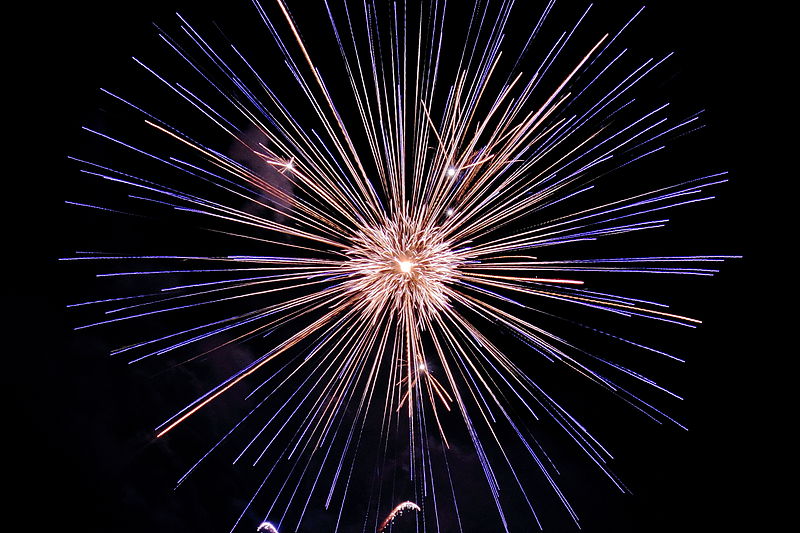
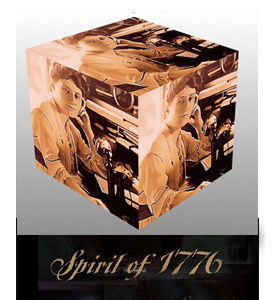
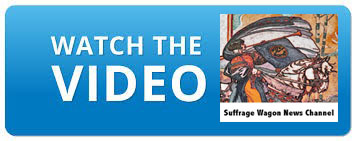
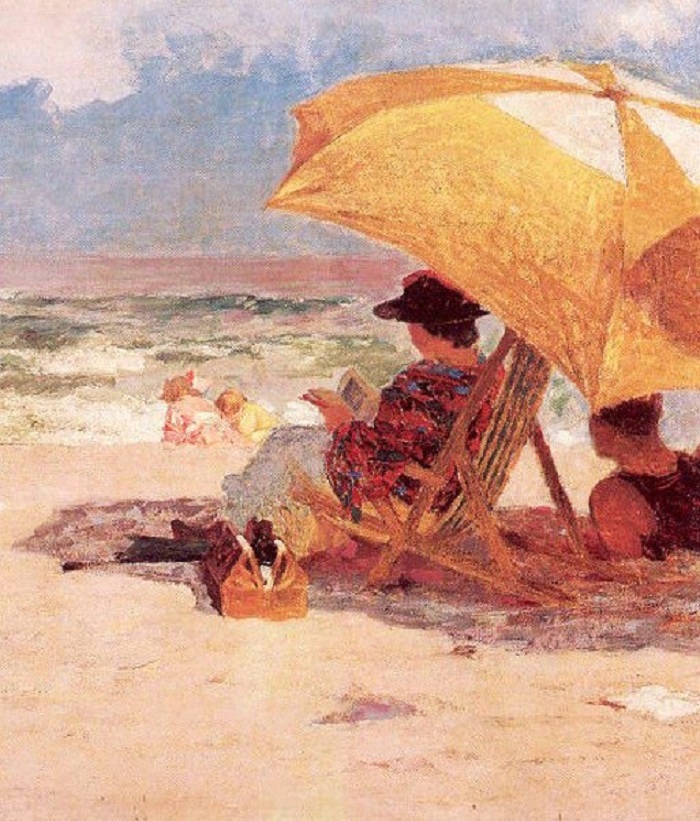
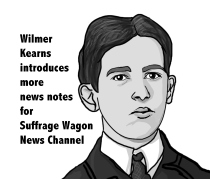
0 Comments